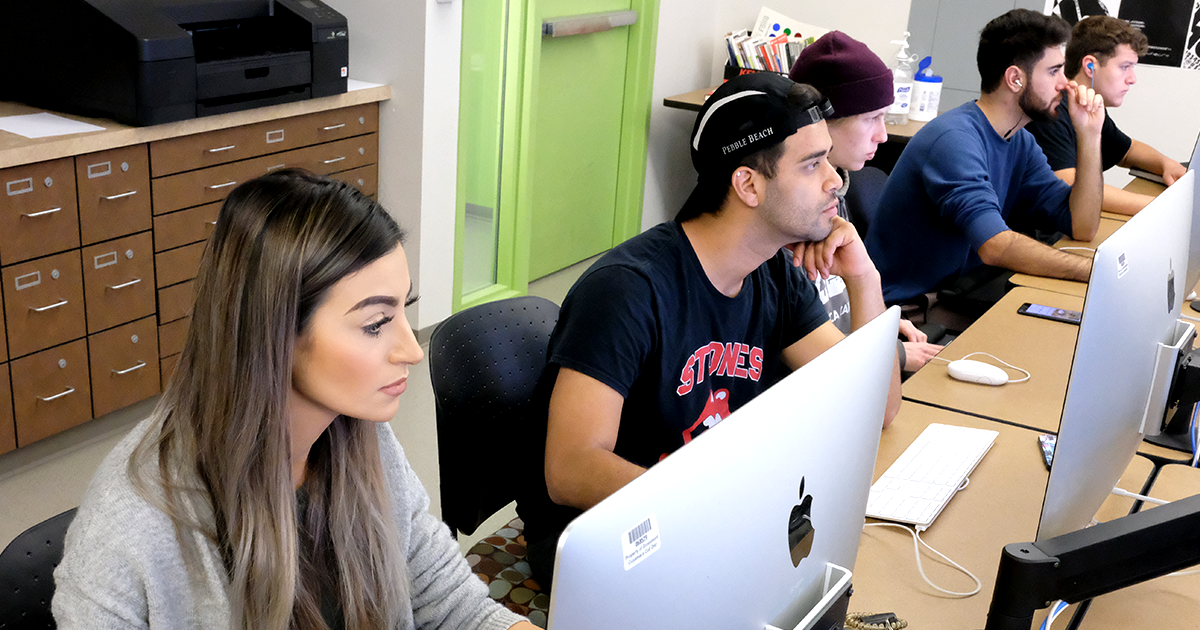Five Actions State and Postsecondary System Leaders Can Take to Increase Multilingual Learner Student Success
Posted on

By Sarah Ancel, CEO & Founding Partner at Student-Ready Strategies; Vanessa Keadle, Chief Strategy Officer & Partner at Student-Ready Strategies; Amy Getz, Senior Program Associate at WestEd
The United States has historically drawn people from across the globe who were seeking the promise of freedom and economic opportunity, including a world-class postsecondary education. Our education system is made stronger because its fabric includes many people who come from different cultures and speak different languages. However, these Multilingual Learners of English (MLE) students are often marginalized, misunderstood, and underserved in our postsecondary system.
State and higher education system leaders—those who influence or directly create policy and make decisions for higher education institutions—have an important opportunity to tackle this challenge head-on. Recent analysis from a new WestEd and Student-Ready Strategies report demonstrates the crucial role leaders can play in improving outcomes for MLE students.
State and system leaders can take the following five important actions now to begin building toward more equitable outcomes for students.
1. Do the work to better understand the MLE student population and experience and the current research that exists.
States and systems often use their highly visible positions and platforms to help institutional leaders and the general public better understand postsecondary students and issues. These agencies have the opportunity to expand the public knowledge base about this critical population and the systems created to serve them.
If you serve in a state or system role, you should first:
- gather MLE student stories: Use surveys, focus groups, or interviews. Draw out common themes, as well as surprising takeaways.
- collect baseline data on MLE students: Ask your institutions to submit data on the students who are in MLE-serving programs. Analyze your data to look for themes related to enrollment, demographics, success rates, college completion rates, and more. Use this data to broaden your understanding of the MLE experience and to track institutional progress for improving the experiences of students going forward.
- talk to professionals in MLE-focused roles: Ask them what insights they have to share and what they have learned in their role that others should know.
After gathering information, use your communications channels to create a synthesized, but comprehensive, landscape of the MLE population and experience. Write op-eds for local newspapers, publish information on your websites, and testify to legislative committees. By engaging in information gathering and sharing, you can help draw an increased focus on this critical population of students and help dispel myths and assumptions.
2. Name MLE student success as a state or system priority.
When state and system leaders say that something is important, people listen and institutions respond. Incorporating MLE student success as a priority through a state master plan or system strategic plan will encourage others to elevate it on their priority lists. Consider additional ways to make MLE students a priority for postsecondary institutions. Could a metric around their success be included in an outcomes-based funding formula? Could public dashboards be created to show key metrics for each institution related to how effectively they serve MLE students?
When establishing these priorities, states and systems should also make the case for why the priority is important. This could include an economic analysis of the impact of MLE students in the state workforce, statistics around intergenerational wealth and poverty for MLE families, or connecting to commitments to increasing equity and opportunity for a nation of immigrants.
3. Review state, system, and postsecondary institutional policies related to MLE success.
In the policy scan for the aforementioned report, we found there was not widespread, formal state-level policy to govern postsecondary MLE programs. Where it does exist, these policies typically define MLE students; authorize postsecondary institutions to create English as a Second Language (ESL) courses for them; establish MLE-specific parameters for admissions, placement, and testing; or exempt ESL programs from other developmental education reforms.
Most often, it is institutional policy and practice that shape MLE students’ pathways and experiences, with little to no guidance or oversight from states or systems. Institutions determine when MLE students are ineligible for admission. They identify which students need to take English language proficiency testing, and if and how much they will have to pay out-of-pocket for that assessment. They establish the curriculum and pedagogy for helping students improve their English proficiency. They determine how many courses are in a sequence and which, if any, award college credit. Furthermore, they establish placement policy to determine where each student starts in that sequence.
States and system leaders should review the existing state or system policy environment they have created for MLE students, including a scan of the institutional policies that exist within that environment. Look for opportunities to better support MLE success through state and system policy, including:
- Analyzing the reasons for variations in policies and practices in order to identify potential inequities.
- Establishing a common definition for “MLE” and “ESL” in postsecondary education.
- Creating state- or system-level guidelines around how institutions identify students for English language proficiency testing.
- Providing protections for MLE students, such as the maximum number of non-credit courses they may be required to take or caps on their out-of-pocket testing expenses.
- Removing ESL exemptions in developmental education reforms that are proven to improve student outcomes.
4. Provide postsecondary institutions with tools and support to improve pathways for MLE students
Even the most comprehensive and equitable policy environment will not usher in sweeping changes to MLE student outcomes if there is not adequate implementation support. With many higher education reforms, it is lack of capacity, not lack of will, that results in a failure to implement strategic changes with fidelity. State and system leaders can use their centralized platforms to advocate for state and philanthropic dollars to support institutions in improving their MLE pathways and supporting programming.
In some cases, institutions may have the internal expertise and just need resources to create space for experts to focus exclusively on this work. More often, however, institutions benefit greatly when they have access to external technical assistance providers to help them map and redesign their systems, design aligned support programs, and create long-term sustainability. State and system leaders are well-equipped to advocate for and bring such resources to postsecondary institutions as part of their commitment to the priority of MLE student success.
5. Create seamless P-20 support and data infrastructure for MLEs.
Our work in this area has revealed one glaring, systemic issue creating barriers for MLE students: incongruent and siloed structures, particularly between K–12 and postsecondary education. For example, students who have a high school diploma with a Seal of Biliteracy and those who successfully completed their secondary ESL course sequence should be automatically exempt from ESL testing and courses at postsecondary institutions. In many cases, this does not occur. In some cases, the exact opposite occurs, when postsecondary institutions use the fact that a student took ESL courses in high school as a reason why they MUST take the proficiency exam, which may cost the student valuable money and time when working toward achieving their goals.
There are two key factors at play: data systems do not connect, and policies do not connect. This challenge is most difficult to fix because it requires a level of coordination that only states and system offices are equipped to facilitate, and that can require dedication of substantial resources. However difficult, tackling this challenge head-on has the most potential for long-term, systemic, and meaningful change for MLE students.
State and system leaders have an incredible opportunity to support multilingual learners of English as they navigate postsecondary education to achieve their goals. Institutional change takes time to fully occur. While transforming the MLE student experience will not happen overnight, it can happen over time with the support of dedicated state and system leaders who are committed to making progress for MLE students.
Join us on Facebook and LinkedIn to share how your state is working to improve the postsecondary success of Multilingual Learners of English.

